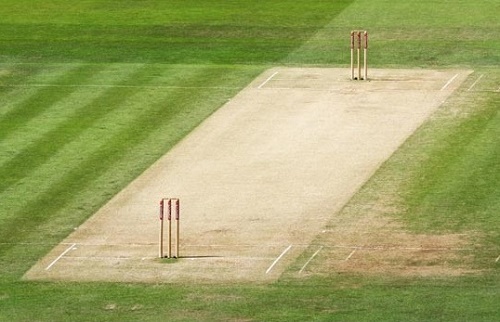Are you able to breathe life into an older, uncared for cricket wicket?
To standardise the playing surface and offer a wicket which you can use in most conditions, a great number of leisure centres, institutions and cricket clubs use synthetic pitches. Though artificial pitches are more durable than organic pitches, they also need frequent maintenance to keep them in great condition. The good thing is, even aged, mistreated wickets can be brought back to life with a little bit of TLC and also correct treatment method.
Synthetic Cricket Pitches
Artificial wickets can be laid on either a dynamic (stone) or non-dynamic (macadam or concrete) base. The top of the wicket itself is made from good quality short pile carpet that’s either hardwood edged and nailed or nailed directly into the aggregate. Shock pads are usually fitted below the surface of the wicket to guarantee the cricket ball bounces nicely and also that the artificial wicket responds exactly the same to the ball each time, no matter what the elements.
Maintaining A Synthetic Pitch
Like most manufactured surfaces, synthetic cricket pitches have to be correctly maintained if they’re to provide the very best playing pitch all through the year. We recommend that anyone having an synthetic cricket playing surface really should make use of a yearly deep clean schedule, level the batting zone often and use no less than one chemical treatment solution every six months.
Despite regular repairs and maintenance, cricket pitches can easily deteriorate as time passes, shock pads can harden and surfaces can become uneven. If you notice that the bounce of the cricket ball has started to become uneven or that the surface looks tired and worn, it may be time for you to give your synthetic pitch a face lift. Go here for more data www.artificialgrassmaintenance.co.uk

